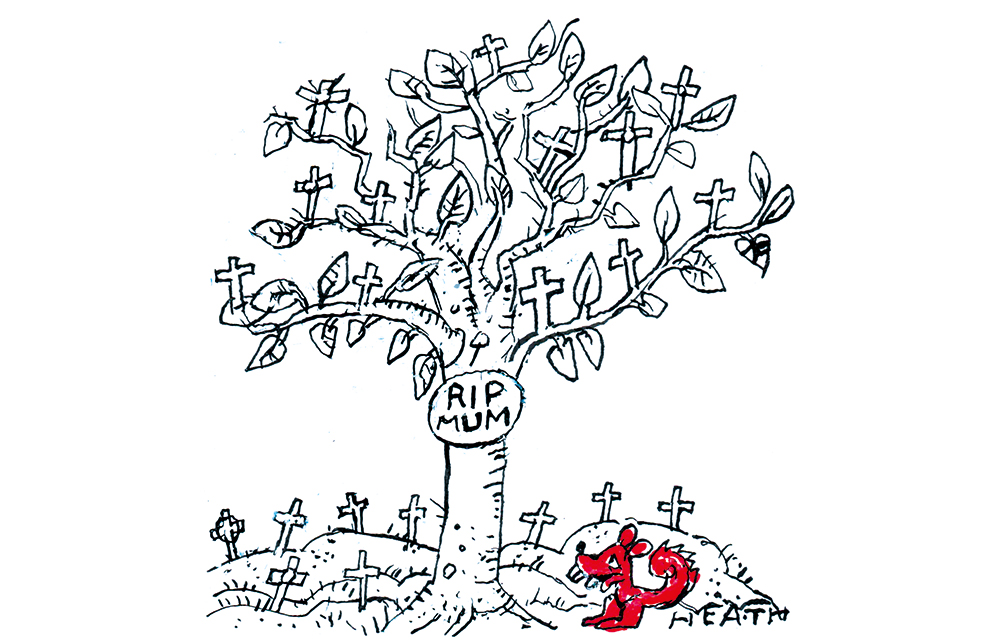Two years ago I watched a red squirrel climbing a pine tree at my home in Northumberland. I fear it may be the last time I have that thrill. Twenty years ago they were everywhere in our woods and regular visitors to my bird table. Then in 2003 we saw the first grey squirrel. Almost at once the reds became scarcer and today there are few left. Volunteers work hard to cull the greys, killing around 600 a year, and occasionally this works well enough for a brief revival of the reds. But we are losing the war.
It’s a strange fact of biogeography that Europe has only one species of true tree-climbing squirrel. There are others in the Caucasus and Siberia, and there are several ground squirrels, but the exquisite Nutkin is our continent’s unique tree squirrel. Even more peculiar is that the red squirrel prefers pine trees to the deciduous woods that dominate our ecosystems. The ice age is too recent for European squirrels to have diversified from this one species.
Grey squirrels, introduced to Woburn estate from North America in the 1800s, are much better at thriving in oak woods. They gobble unripe acorns and gnaw the bark of trees if there is nothing else on offer, often killing them. So it was long thought that their relentless northward advance in the 20th century at the expense of reds was a matter of competition for food. But in the 1980s it became clear that they had a devastating secret weapon: they carry a pox virus that is far more lethal to their red cousins than it is to them. The virus will probably never evolve to be mild in reds because its reservoir is in the greys.
Invasive species are a massive conservation problem, far greater than climate change. The native crayfish is dying out because of a plague carried by introduced American signal crayfish. In Hawaii the native birds have died out or retreated to high mountains where introduced malarial mosquitos cannot reach them. What can be done? We who live in the north tend to think that since southerners take most decisions, the fact that red squirrels are extinct in most of England results in a distinctly lacklustre interest in the matter. But the truth is that there is no silver bullet.
Research at the Moredun Institute near Edinburgh on an oral vaccine to protect red squirrels from the pox has largely petered out for lack of cash. Research at the Animal and Plant Health Agency near York on a contraceptive vaccine for grey squirrels shows promise, but is on a funding shoestring. Research is under way at the Roslin Institute, also near Edinburgh, on a gene-drive project to spread a mutation that would gradually ensure that every grey squirrel born is male. Research in Ireland showing that pine martens kill grey squirrels more often than reds (because they cannot reach the latter’s dreys – nests – on small branches) offers only to slow the spread.
The best we can hope for, I fear, is that reds survive in a few isolated pine forests in Scotland, the South Lakes and parts of Northumberland, and on islands such as Anglesey, Brownsea, the Channel Islands, the Isle of Wight and the Isle of Man. That is, until a biological-control solution is found.






Comments